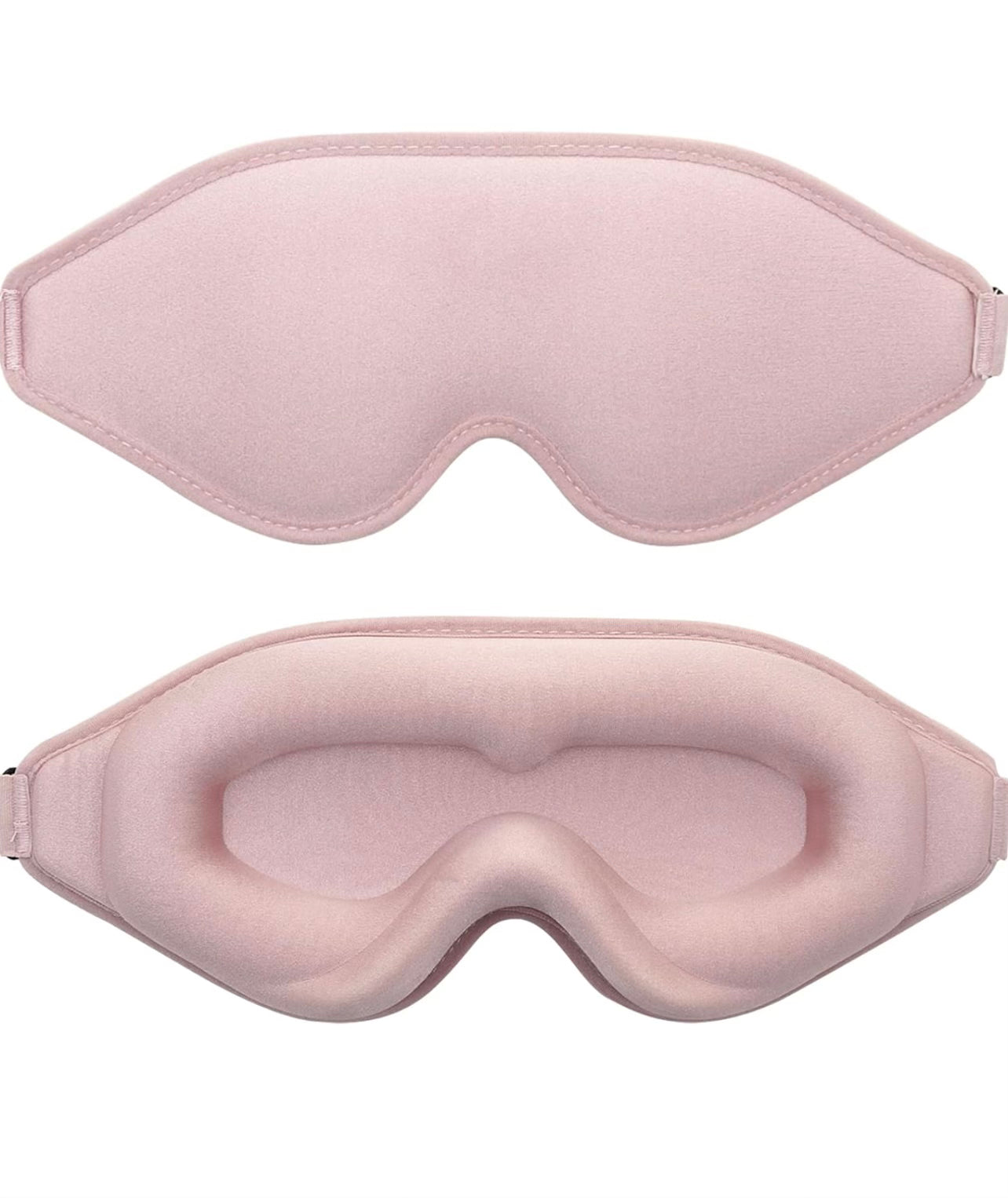
Skincare 101: Understanding Your Skin Type and How to Care for It
Share
Skincare is not one-size-fits-all. To effectively care for your skin, it's essential to understand your skin type and tailor your skincare routine accordingly. In this blog post, we'll delve into the basics of skincare, focusing on identifying different skin types and providing tips for proper care.

Identifying Your Skin Type: Before diving into a skincare regimen, it's crucial to determine your skin type. The four primary skin types are:
-
Normal Skin: Normal skin is well-balanced, neither too oily nor too dry. It's smooth, clear, and generally free of blemishes.
-
Oily Skin: Oily skin produces excess sebum, leading to a shiny complexion and enlarged pores. It's prone to acne, blackheads, and other blemishes.
-
Dry Skin: Dry skin lacks moisture and may feel tight, rough, or flaky. It's prone to dullness, fine lines, and sensitivity.
-
Combination Skin: Combination skin exhibits characteristics of both oily and dry skin. It's typically oily in the T-zone (forehead, nose, and chin) and dry or normal on the cheeks.
Tailoring Your Skincare Routine: Once you've identified your skin type, you can customize your skincare routine to address its specific needs. Here are some tips for caring for each skin type:
-
Normal Skin: Normal skin requires gentle cleansing to remove dirt and impurities without stripping away natural oils. Follow up with a lightweight moisturizer to maintain hydration and protect the skin barrier.
-
Oily Skin: Oily skin benefits from products that help control excess oil production and prevent breakouts. Use a foaming or gel-based cleanser to remove oil and debris, followed by an oil-free moisturizer and products containing ingredients like salicylic acid or benzoyl peroxide to target acne.
-
Dry Skin: Dry skin requires rich, hydrating products to replenish moisture and soothe dryness and irritation. Choose a creamy or oil-based cleanser that won't strip the skin's natural oils, followed by a thick moisturizer or facial oil to lock in hydration. Incorporate gentle exfoliation once or twice a week to remove dead skin cells and improve texture.
-
Combination Skin: Combination skin requires a balanced approach to skincare. Use a gentle cleanser to remove excess oil in the T-zone while hydrating the drier areas of the face. Consider using different products for different areas of the face, such as a lightweight moisturizer for oily areas and a richer moisturizer for dry areas.
Understanding your skin type is the first step towards achieving healthy, radiant skin. By tailoring your skincare routine to address the specific needs of your skin type, you can effectively cleanse, hydrate, and protect your skin, ensuring a glowing complexion at any age. Remember to listen to your skin and adjust your routine as needed to maintain optimal skin health and beauty.






